STRASS
INTERREG IPA Cross Border Cooperation Programme
“Greece – Republic of North Macedonia 2014-2020”
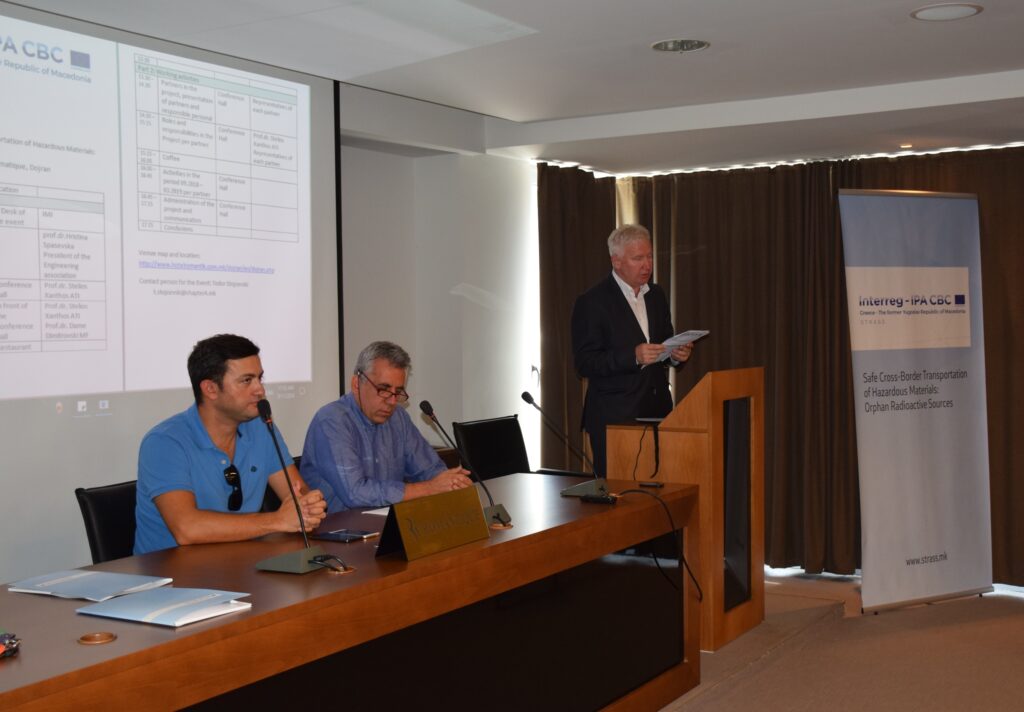
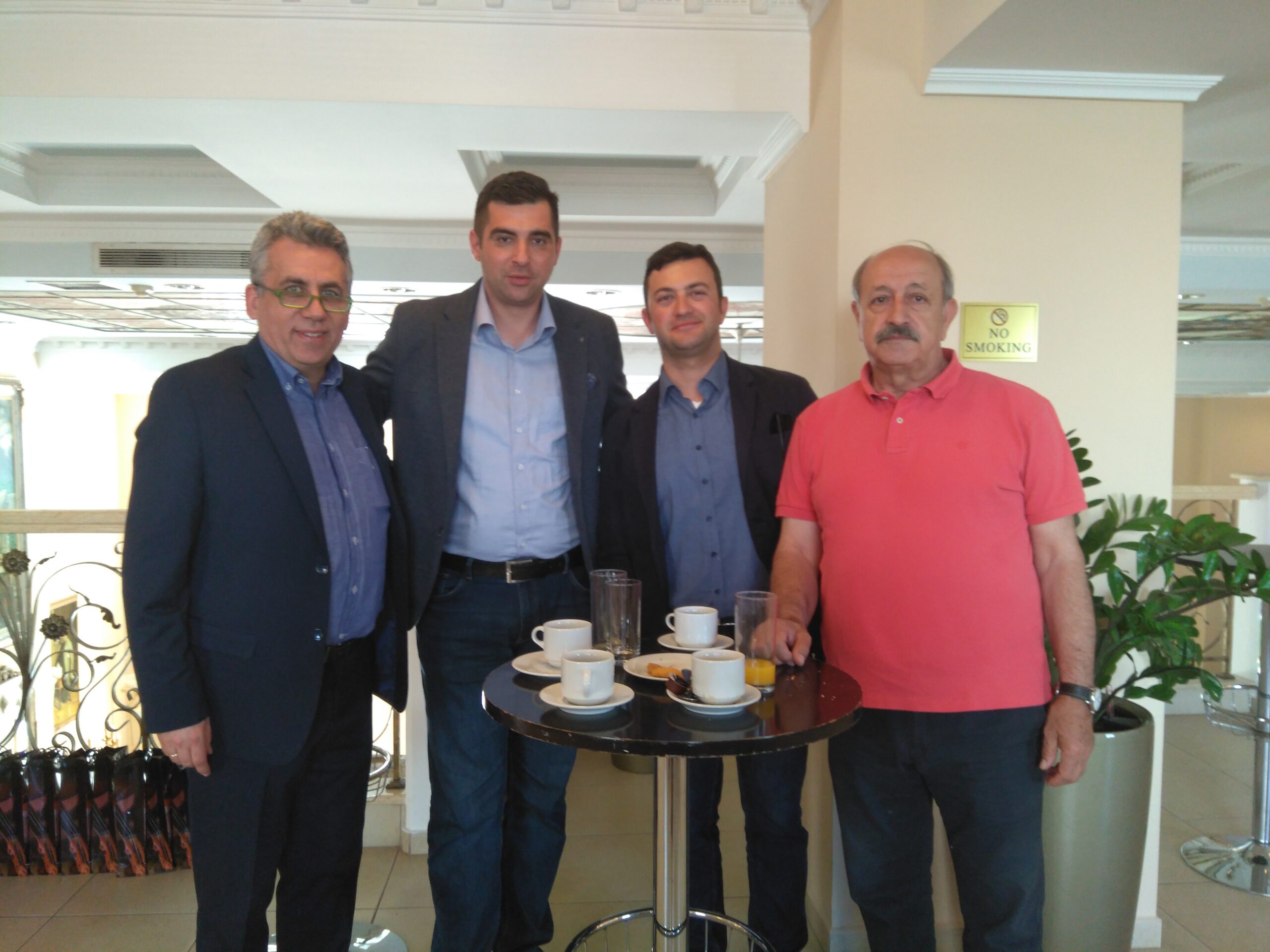
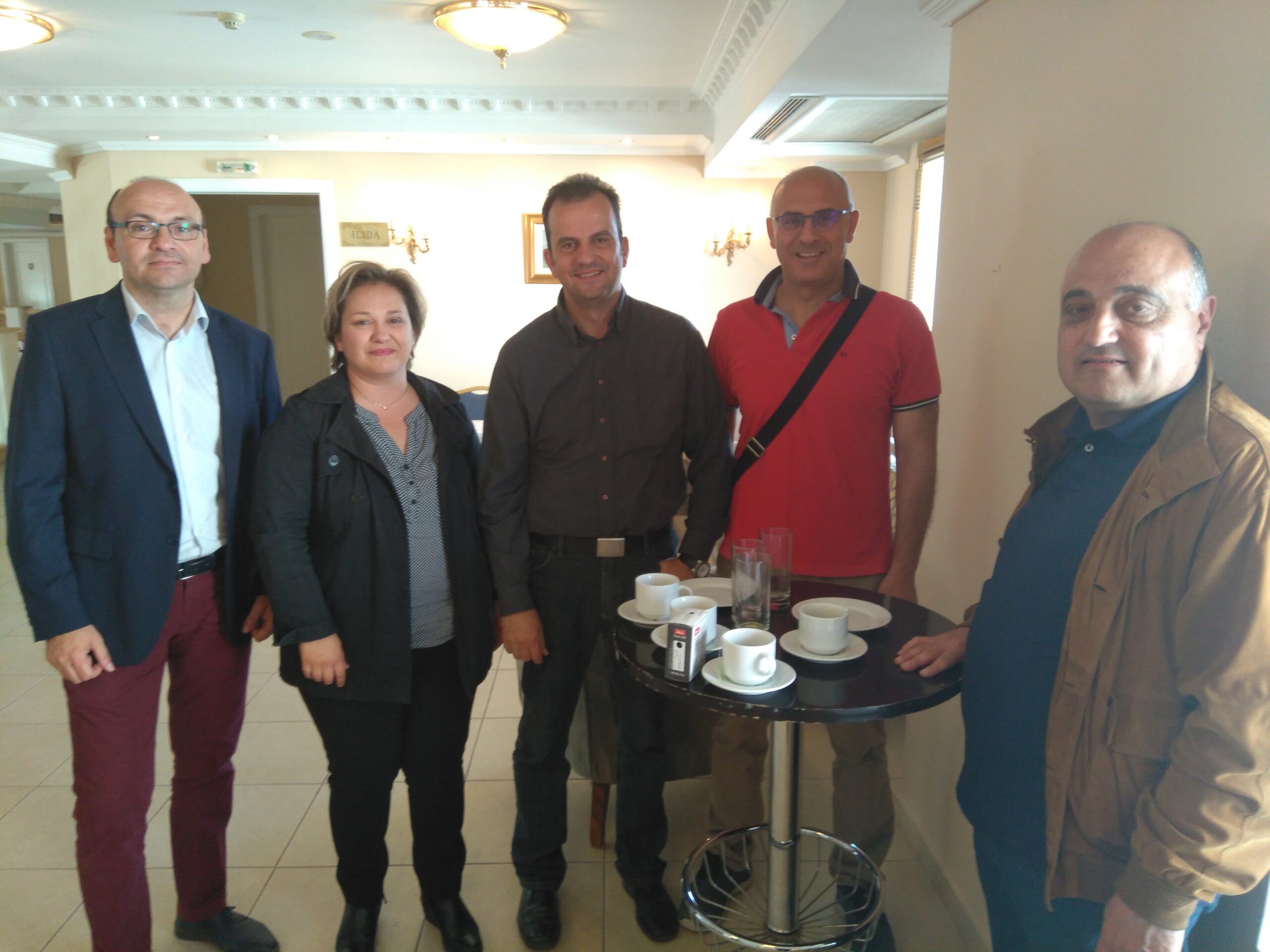
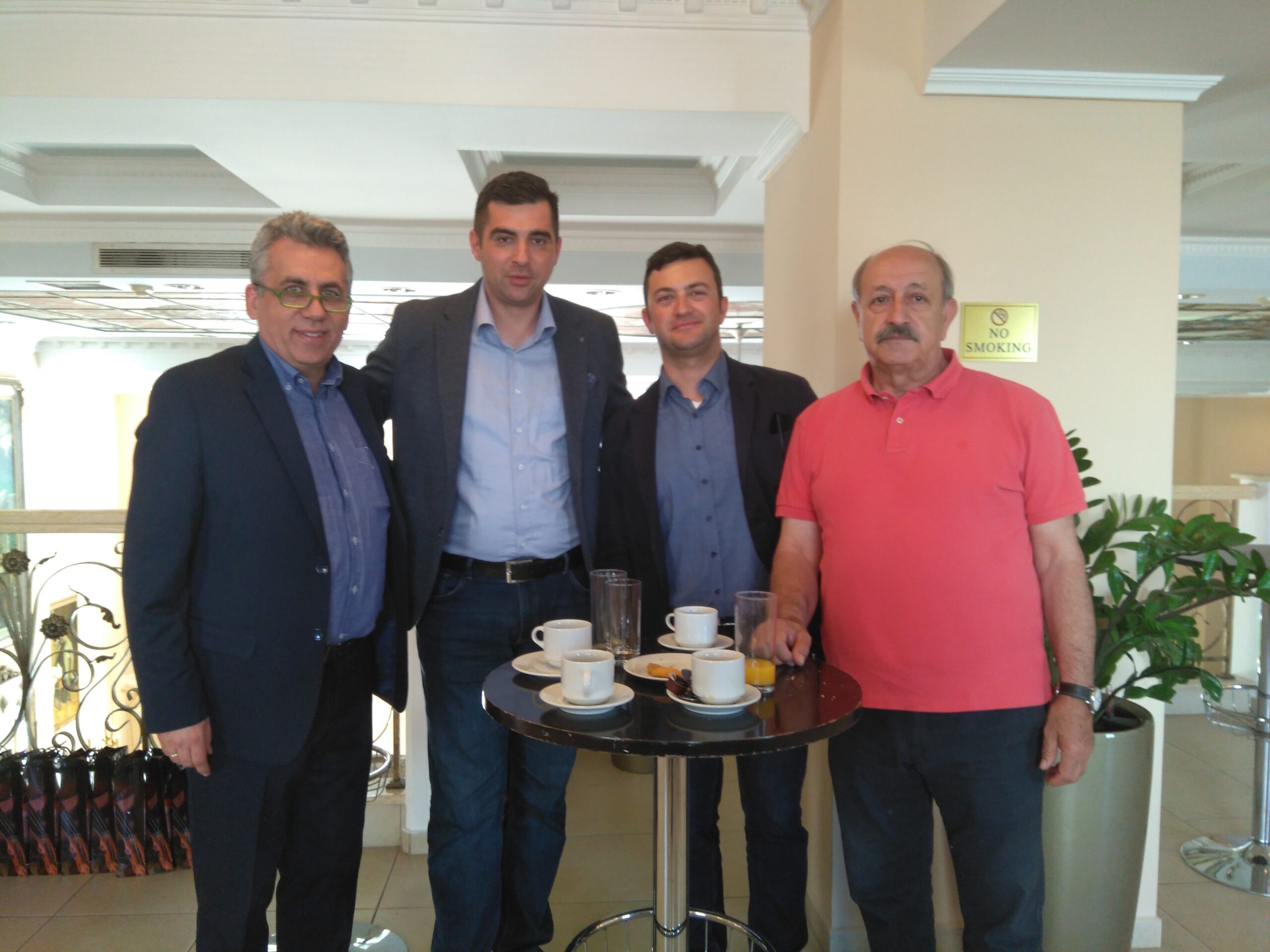
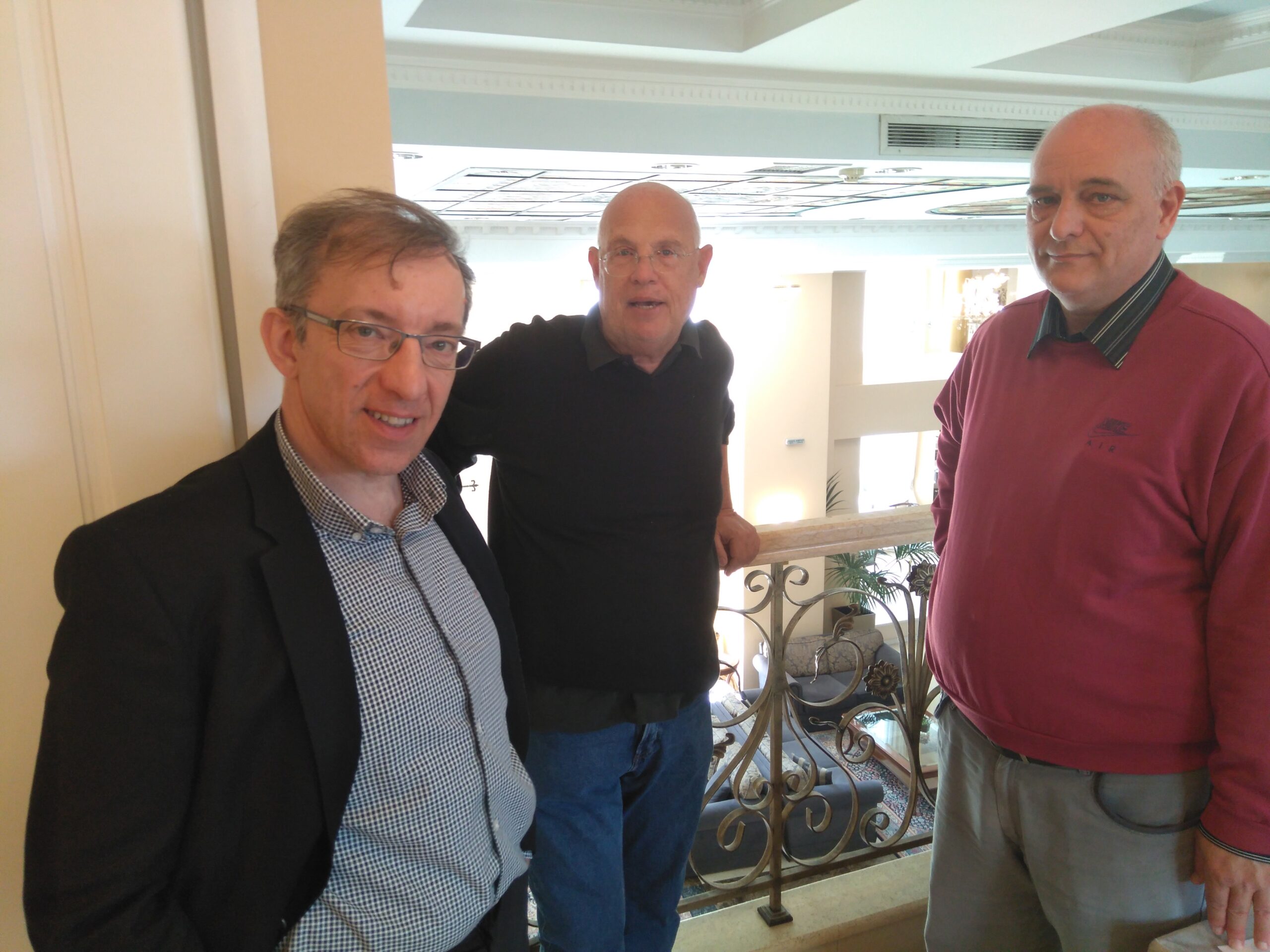
The core idea of the project came about after major concerns of the international community and mainly the European one on dirty bomb creation (which combines radioactive material with conventional explosives) by terrorist groups. This has become more prominent after horrific attacks in Brussels (2016) and reports revealing that terrorists have been working to acquire radioactive materials to create so-called dirty bomb. These radioactive materials are mainly orphan sources. That means a radioactive source which has been abandoned, lost, misplaced, stolen or otherwise transferred without regulatory control.
Greece has installed radiation portal monitors since 2004 in the borders with North Macedonia in order to prevent such kind of actions while North Macedonia on the other side has portable radiation detectors. Two of the beneficiaries (GAEC, PRD) are the national authorities in Greece and North Macedonia who are competent among other things to control the field of radiactive materials. The other beneficiaries have experience on that field and are collaborators of the national authorities.
Problems arise due to lack of collaboration between both countries and the result is delay of cargos and in some cases of people in the cross-border area. It is well known that one of the main problems in transportations is the trafficking of radioactive materials, especially illicit trafficking and ways of detection and localization of radioactive sources. Several efforts have been done to improve the safety and security transportation of radioactive and other hazardous materials that may pose a significant risk to individuals, society and the environment. Despite these efforts several incidents are being observed annually, especially during the transboundary movement of goods.
The objectives of the project are based on synergies and collaboration between partners of the countries (Greece and North Macedonia). There is no use implementing an action only by one country. If one can improve the situation in one country and the situation in the other remain very bad no improvement is going to be achieved. It is evident that speed and quality in cross border checks cannot be achieved without cooperation. Also, pollution dispersion can be easily extended from one country to the other as it is well known that dispersion has no borders.
Common emergency protocols, is the bet that both countries have to win.
“STRASS project will ease anxiety of population about illicit transportation of radioactive materials and the chance of using them for terrorist reasons. Also it will assure that controls in the cross border area of Greece and North Macedonia are being performed thoroughly with all scientific standards taken into account.
STASS will minimize risks of legal and illegal transportation of hazardous goods and it will try to eliminate potential pollution in cross-border area.”
Promo Video
Expected results
a) Improvement in the quality and speed of the inspections performed by the authorities in Greece and FYROM for hazardous-radioactive materials transportation. Minimization of time for checks will be achieved. Seminars and training procedures are going to be organized. Emphasis will be given on hands-on training. The authorities will be capable of finding, identifying and localizing radioactive sources. The installation of three (3) new radiation portal monitors in Evzoni will increase safety and decrease time of inspection. There will be no chance for a radioactive material to be transferred between the countries illegally.
b) Radiological risk estimations that come from radioactive material transportation or a traffic accident with vehicles carrying such kind of materials or an incident to handle. The competent authorities will be able to know the extend and the seriousness of an accident or an incident. The authorities will be prepared for handling different situations.
c) Change driving behavior and attitude of drivers carrying mainly hazardous loads to comply the needs for checks by the authorities in cross border area in order to speed up the process. For example drivers should not stay between radiation portal monitors during checks in cross border area. Training seminars are going to be organized focusing also drivers. This will minimize risks of accidents and increase awareness of drivers to drive carefully having a green driving orientation. Location of dangerous points of the trans-boundary roadway where car accidents are most probable due to various reasons and measurements of vehicles’ condition will lead in better knowledge of the transportations situation and minimization of accidents
d) Improved networking and access to innovative tools for authorities, scientists and other target groups like engineers, drivers, aware citizens etc. Better communication and knowledge exchange between authorities will be achieved.
e) The local society will be informed and receive suggestions (practical pieces of advice in case of a pollution incident after dispersion of hazardous materials). The open data platform is the mean through which this will be achieved. Also, public’s and drivers’ awareness will be improved. This will be achieved through training seminars and workshops
f) Harmonization of the procedures used to handle an incident involving hazardous materials. Harmonization of emergency response protocols. Common protocols will be proposed to perform inspections. This will also minimize time for inspections.
Outputs:
• Network of collaborating partners, scientific and technical staff, knowledge exchange across the trans-boundary regions. It will be achieved through a) the open data computer platform (deliverable 3.2, 2.1), b) the workshop meetings (deliverable 2.3), and c) scientific publications ensuring quality of the project (deliverable 2.4)
•Improved strategies followed by inspectors when performing radioactivity checks. Knowledge of limits of different equipment. Calculations and determination of Minimum Detectable Activities for different detection systems used by the authorities in cross border area. Ways of finding locating and identifying radioactive sources in cargos. It will be achieved through a) measurements concerning mainly Radiation Portal Monitors (deliverable 3.3) b) Monte Carlo simulations (deliverable 3.4)
•Estimation of risks for people being involved in hazardous materials transportation and authorities performing checks. Dose rate estimations. It will be achieved through a) dose rate and radiological risk estimations (deliverable 5.1) b) calculations on pollution dispersion after an accident (deliverable 5.2)
•Finding and locating certain dangerous points of the roadway E-75 to the eligible area; and particularly the points where car accidents are most probable due to various reasons. Proposal of ways to minimize risk accident. It will be achieved through a) locating vulnerable areas and point for traffic accident (deliverable 4.1) b) measurements concerning Safe Vehicle Conditions. More than 150 vehicles will be examined (deliverable 4.2) c) Finding ways to minimize accidents (deliverable 4.3)
• Creation of Open Data computer platform with the results and analysis of the project. It will include reports of incidents, flowcharts on how to handle incidents, flowcharts on how to perform radiation checks, communication and share knowledge among partners, training courses, data from measurements, simulations and calculations. The database will be geo-referenced to support risks for accidents. The platform is going to be used by a) the competent authorities to report and handle incidents b) the stake holders to report problems and ask advice. c) Academic community to exchange knowledge (deliverable3.2, 2.1)
• Two publications in scientific journals/conferences. The current project is a cutting edge scientific and technological topic that arise major concerns on international academic community. It will help among others scientific community to propose better design of the portal monitors. This project although it has scientific base it has major interest and it is important for the EU. (http://europa.eu/rapid/press-release_IP-13-338_en.doc). This deliverable will also ensure the quality of the outputs and results of the project. (deliverable 2.4)
• Three (3) training seminars will be held. Training activities will be oriented mainly for a) customs but also b) border police c) vehicle engineers d) drivers. Hands on training will be held (deliverable 6.1, 6.2)
• Two (2) workshops will be held, a kick of meeting and a closing event also. Workshops are critical for the project in order to communicate among partners-stakeholders and to share experiences and find common solutions. Representatives of stakeholders (customs, border police, engineers, drivers) are going to be invited. (deliverables 2.2, 2.3)
•Establishment of common emergency response protocols after an incident and common strategies concerning radiation inspections. One check instead of two. Trustiness of the results of the authority of one country from the authority of the other county. (deliverable 5.3)
•Literature and legislation review. Depiction and estimation of the current situation concerning the objectives of the project. (deliverable 3.1)
•Installation of three (3) new radiation portal monitors in Evzoni. The exit from Greece for heavy vehicle has no radiation portal monitors now after the movement of it in a new location. Three systems will be moved from Promachonas to Evzoni. Installation will increase safety. (deliverable 3.3 )
